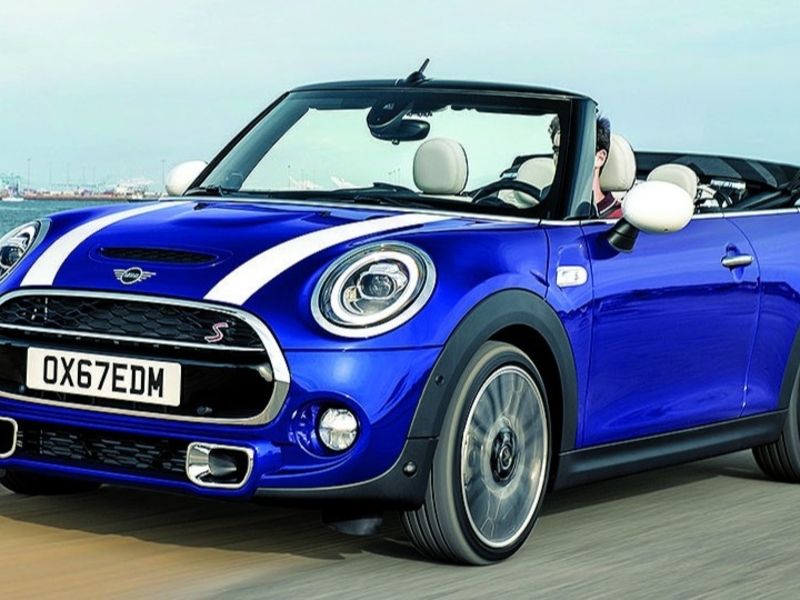
Mini plans to sunset its two-door convertible after production of the current-generation model ends in February 2024, according to supply chain sources, ending a nearly two-decade run in the U.S.
A Mini spokesman declined to comment on future plans for the model.
“The convertible remains an appealing model in Mini’s lineup,” he said.
The decision to jettison the convertible is not surprising given the nameplate’s relatively low volume. Last year, Mini sold 4,031 convertibles in the U.S., down nearly 25 percent from 2018. It was the lowest-selling Mini model after the Clubman.
While demand for the Mini hatchback has soared above its novelty status, the convertible remains just a niche player, requiring dedicated tooling and complexity to build, said Sam Fiorani, vice president at AutoForecast Solutions.
“Buyers are moving to small crossovers while the few convertible buyers who remain can get the … Mazda MX-5 for less money” or the sportier Ford Mustang and Chevrolet Camaro, Fiorani said.
Nonluxury small cars represented just 9.2 percent of all U.S. light-vehicle sales in the first half of 2020, down from 16.9 percent five years ago, according to the Automotive News Data Center, while nonluxury crossovers account for 34.7 percent, up from 24.9 percent, over the same period.
In a nod to changing consumer preferences, Mini is looking to beef up its crossover lineup.
Mini reportedly plans to introduce two crossover models, including one with a full-electric powertrain.
The Mini convertible, built in Born, Netherlands, was introduced in the U.S. in 2005.
Output peaked shortly after the current generation went into production in late 2015, but demand for convertibles has been waning for years.
Globally, Mini built 30,426 convertibles last year, down 14 percent from 2016, according to AutoForecast Solutions.